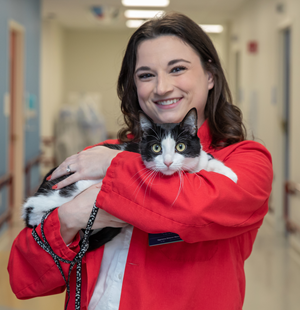
Three Things to Check During Back to School
It’s that time of year that we all know can be exciting and a little bit scary for students – back to school! As you’re getting ready to send your kids and teens off to start the new school year, it’s important to pay attention to some health and safety concerns that are easy to overlook during the hustle and bustle of getting back to school.
Backpacks:
- It’s better for your child to carry their school supplies in a properly fitted backpack rather than a shoulder bag or messenger bag because the weight of the load is evenly distributed across the upper body.
- Backpacks should not be too heavy. The American Academy of Pediatrics recommends that children do not carry more than 10 to 15 percent of their body weight. For example, if a child weighs 80 pounds, the backpack should not weigh more than 8 to 12 pounds.
- Heavy backpacks do not cause scoliosis but can lead to poor posture.
- An incorrectly worn backpack can cause shoulder, neck and back pain. When a heavy backpack is placed incorrectly on the shoulders, the force of the weight can pull a child backward or to one side, causing them to compensate in ways that can lead to pain.

Outdoor Heat:
It’s important for children and teens to know the signs and symptoms of heat illness, so they can monitor themselves.
Talk about the following symptoms of heat illness with your child:
- Weakness
- Vomiting
- Excessive thirst
- Headache
- Fatigue
- Sweating
- Nausea
- Light-headedness

With a little bit of education, students and their families can enjoy a safe and happy school year!











